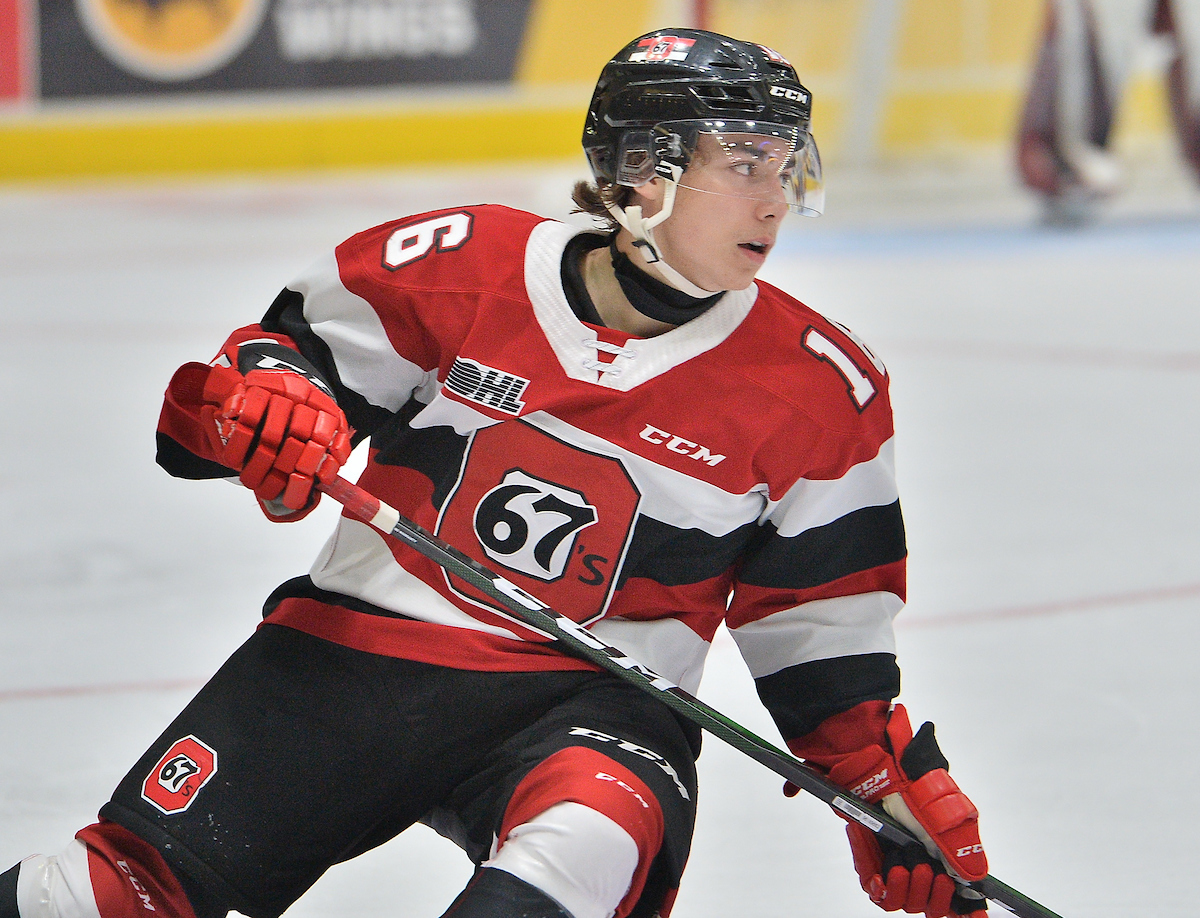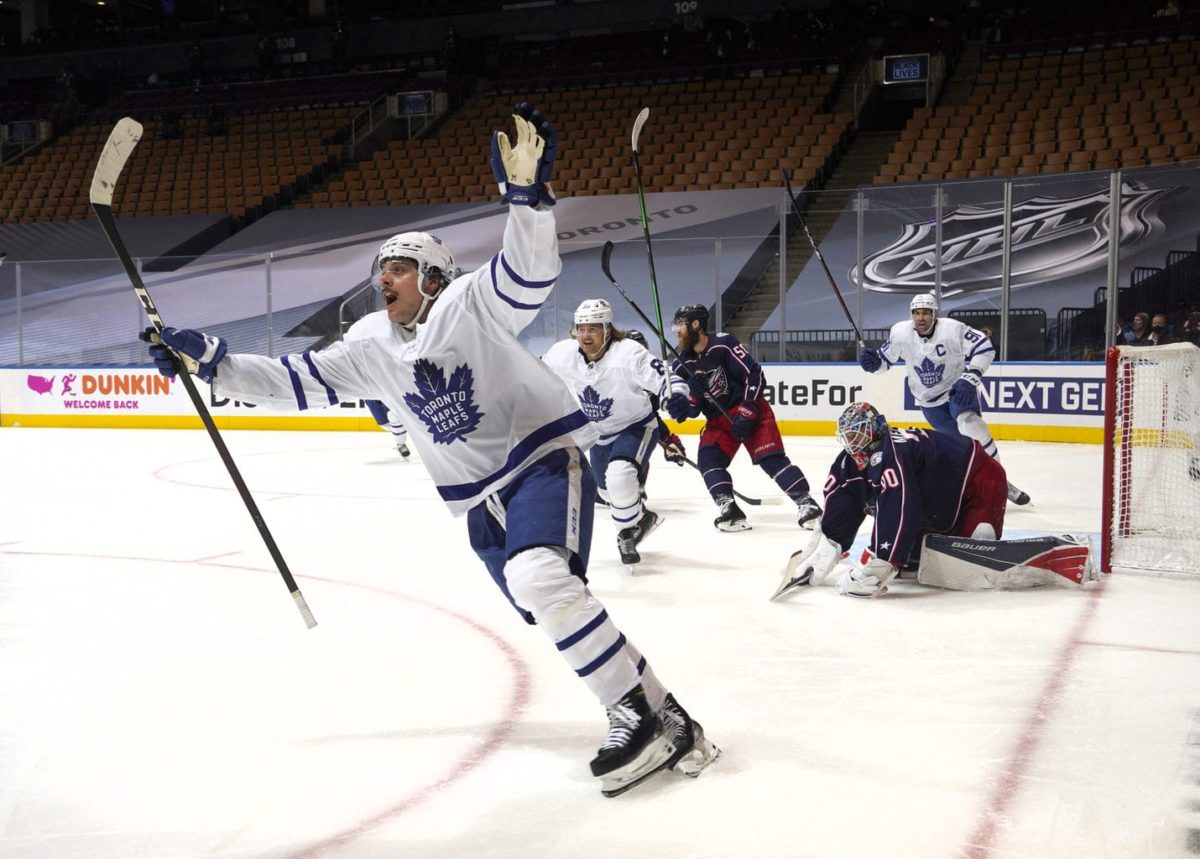Two of the three leagues that make up the Canadian Hockey League have yet to hit play on their season, but the Western Hockey League has announced their plans to get back on the ice. While no official start date has been named, the WHL has decided on a 24-game schedule that will begin upon final approval from health authorities in each provincial and state jurisdiction. According to their press release, those approvals should be announced “soon”.
With the WHL about to start and the Quebec Major Junior Hockey League already underway, where is the Ontario Hockey League? Amid a provincial-wide lockdown, there’s only uncertainty regarding the OHL’s immediate future, but they should plan to copy the WHL if they are given the go-ahead by the province.
Players Want to Play
According to social media, the number of players saying they want to play, no matter the sport, is high, considering we are in the midst of a pandemic. There is a long list of reasons why they want to play, but the important thing is they want to be back on the ice.
Kostas Manikis of the Sudbury Wolves tweeted that he wants to play. His thoughts are shared by many players in the OHL, including Thomas Johnston of the Ottawa 67’s. “Any amount of games is good as long as we can play,” said Johnston. “That’s a positive.”
This mirrors what happened earlier in the year with the NCAA and college football. Players ran a campaign trying to convince their conferences that they should be able to play. Eventually, it worked, and college football resumed.
While the situations are a little different and it might be more difficult for the OHL to stage a season, especially considering the financial resources of the NCAA vs. the OHL, the players want to be back on the ice.
In the end, the players don’t really have a say in what happens, but knowing they want to compete, even if it’s for a short 24-game schedule, might give the league some motivation to develop a plan.
The Year of Development
Some of the OHL’s talent found a spot playing overseas, but many players weren’t so lucky. Those who couldn’t find a place on a European team will lose a season of development which could be detrimental to their careers in the long run. “[It would make] a huge impact,” said Johnston. “Players are developing over the summer, growing and getting better and they don’t have a chance to show their developed skill in a real game.”

Just one lost season can impact CHL and OHL players for years to come. It could be felt in the draft for quite some time. This offseason in particular, if a team is considering two players they feel are equal, chances are they will opt for the one who was on the ice this season.
Related: OHL Needs to Play for the Players With or Without Contact
The only thing comparable to what’s happening right now would be a player who sustains a season-ending injury early in the season. That player would lose an entire year of development and might struggle to reach their full potential in what would have previously considered being a realistic timeline.
Except that this time, it’s the entire league minus the players who were able to find that spot in Europe. There is no question that being on the ice would be better for the players, but it would be good for the league too.
In the Hands of COVID-19
As of now, the OHL is at the mercy of both COVID-19 and the Ontario Government. The Premiere of Ontario, Doug Ford recently declared the province to be in a state of emergency. There’s no reason to expect the provincial-wide lockdown to end any time soon, and it’s hard to expect that the OHL can play during that. The province has allowed NHL teams to play in their home arena, but the league is much better equipped to handle playing during the pandemic.

Unless the CHL receives help from the government, they will not be able to prove available testing and ensure their players are safe. Nor will they be able to ensure that that the billet families or the players themselves are safe and that any threat to the general public is minimized.
So far, there’s nothing to suggest that help is or isn’t on the way when it comes to aid from the government. It would take a lot for the OHL to want to play without fans in the stands and it would cause some teams bigger problems than others, but with the cost of testing with little to no revenue coming in, the OHL’s hands might be tied.
The Saskatchewan-based WHL teams have some help on the way. The government has dolled out $3 million to the province’s five franchises. The $600,000 will help them mitigate the costs of playing games without fans.
“The support from the Government of Saskatchewan will not only allow the teams to remain viable but will ensure we can continue to provide a world-class development and educational experience for our players,” said Ron Robinson, the commissioner of the WHL
Although the path to a season isn’t clear, there are steps taken by the WHL that outlines a possible return to play option for the OHL. They might be at the mercy of COVID-19, but that doesn’t mean the OHL and the Ontario government shouldn’t get together and plan for what a season could look like.